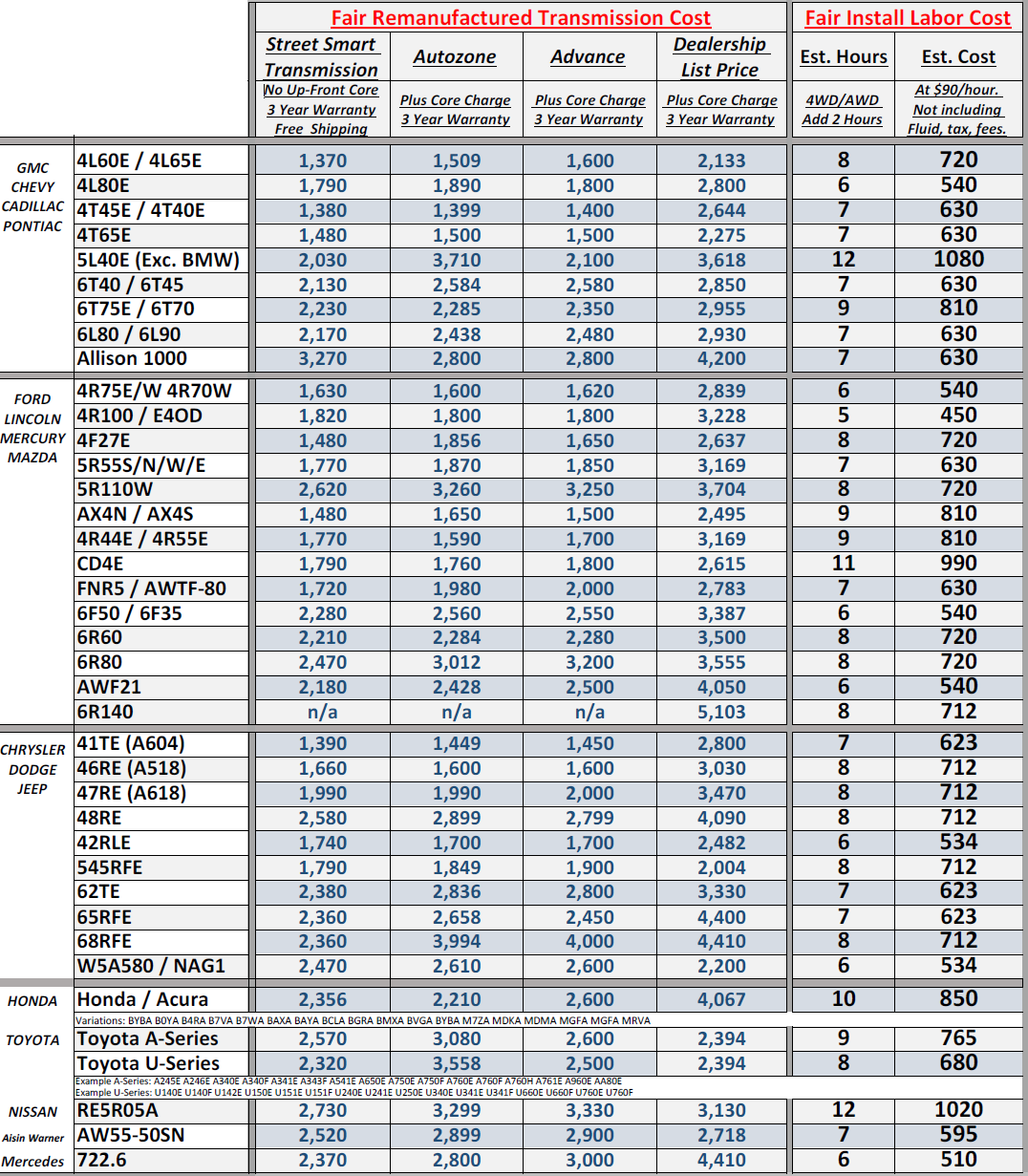I think you have hit the nail on the head. The continued p0753 code does indicate that Solenoid A, which controls the first two speed selections for the transmission, is bad, but, here’s the issue: why does the code keep popping?
There are three possible reasons:
- A burned out wire
- A chafed wire
- A bad connector
Suffice it to say, wires burn out. And, since the solenoid is an electronic device, linked to the electronic system in your Monte Carlo by wire, it is very possible for a wire to burn out, given the age of your Chev. It is, after all, 22 years old and the fine magnet wire used for the solenoids and other sensors, over time, can get brittle and break. Or, it can burn out due to overvoltages. I would start at the wire loom connecting to the solenoid pack, checking the signal (voltage) on each wire and then following each wire into the vehicle as far as you can go. Hopefully, you will be able to trace each test point to the source. It will take time as miles of wire are used in each vehicle, however, there’s nothing else for it. There are some very expensive testers out there that will power a de-energized circuit that will find out where breaks or burnouts might be.
Besides burnouts, wires can also short out because wires have chafed against each other or they may have chafed against an exposed screw head or the body. Or, wires can go open — which appears like a short — and the electricity will stop flowing, as well.
Finally, the crimp terminal at the base of the solenoid may have worn to the point where it has gone short and you may not even notice it because the wire still appears to be in good shape. The only way to test this is to place a volt-ohhmeter in the 13.8 volt position, hook one wire to ground and then probe the wire at the base and on the connector. If there is a test point available, test there too. Try to find where the voltage — hence the device — is failing.
One thing to remember if this is the problem, if you have to replace any wires, it it best to route from source to the device. That is not an inexpensive proposition. And, since there are roughly 36 possible combinations to troubleshoot before you get to the right wire or wires, it will take you time. And rewiring will cost you money. If you cn do it yourself, then, you will save up to $150 to $200 per wire. If it is simply a connector that should cost about $75 to troubleshoot and replace.

